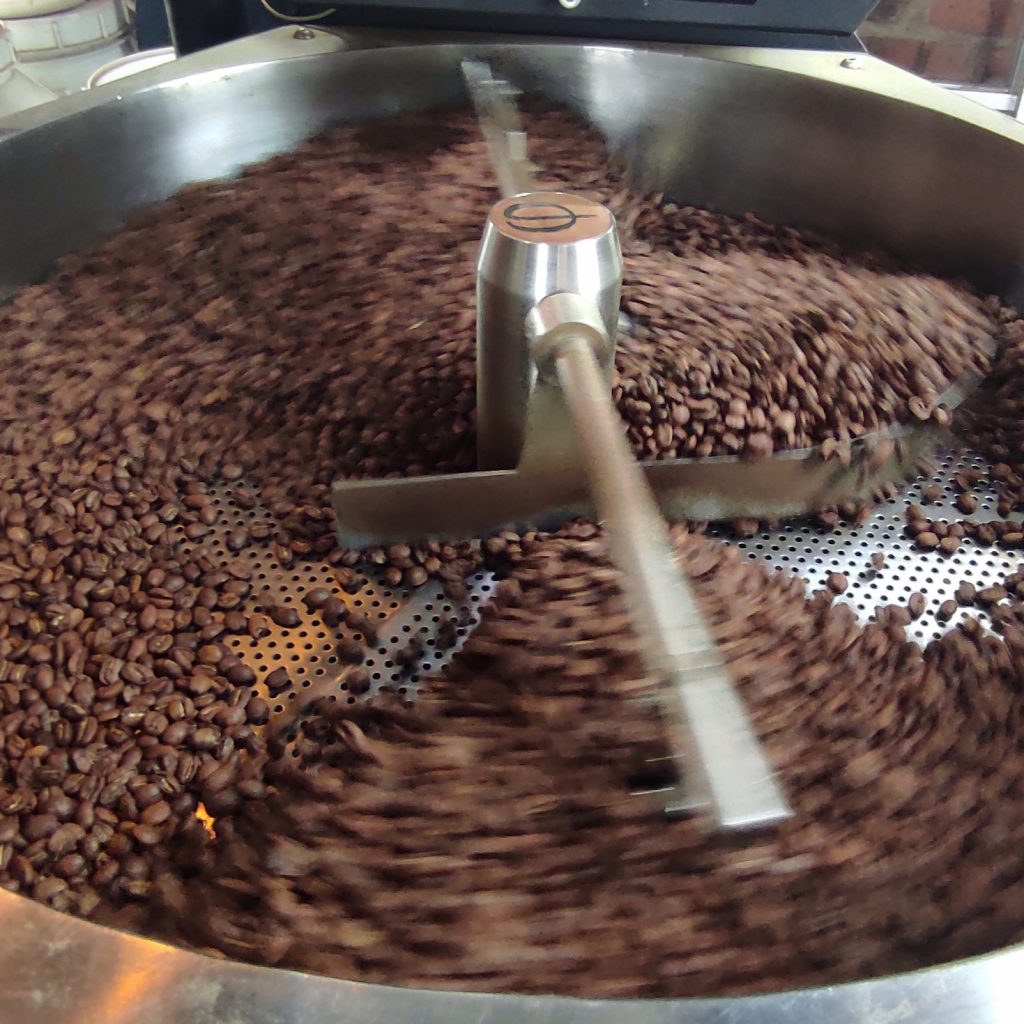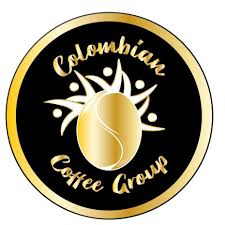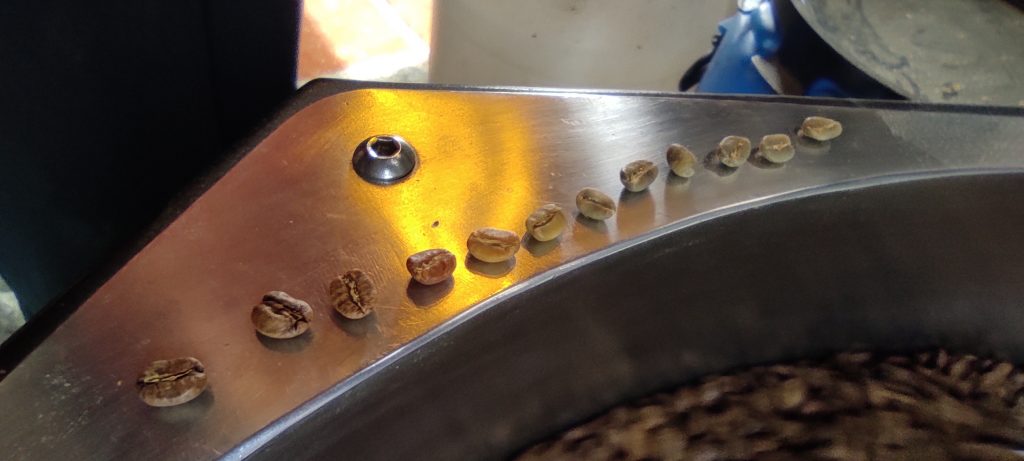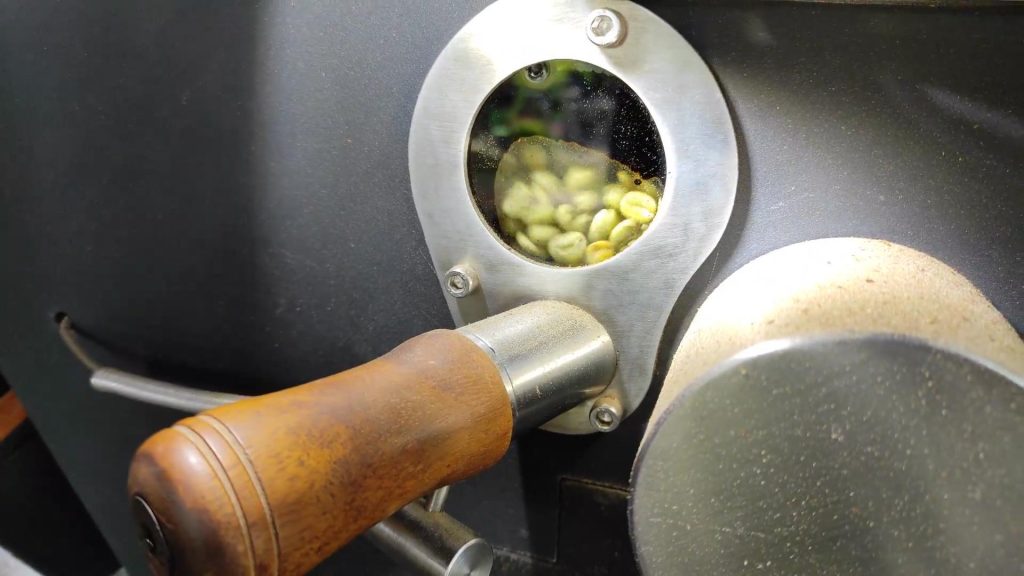Previous slide
Next slide

Roasting is the operation which consists in treating the coffee with heat, in contact with air, to dehydrate it, to develop certain aromatic qualities by the “Maillard” reaction, this process and a transformation of the fats naturally contained in the coffee. , to Suc, and bring up the brown color.
To situate the complexity of the operation, it should be noted that, while orange juice contains three aromatic compounds, coffee contains a thousand!
Reading the chromatogram established during roasting perfectly illustrates this complexity: ten minutes of caramelization, with only four aromas, then the fireworks, the explosion of all the others. Some are born and endure. Some will marry together to give birth to a new aroma. Others will disappear. Thus, during roasting, the aromatic intensity appears at the tenth minute, increases sharply and then decreases at the end of the operation. Each product has its own formation and disappearance kinetics. Each moment of roasting corresponds to a determined composition of the volatile fraction and therefore of the aroma. All this has been perfectly studied and codified. These are the reactions of Maillard, named after the chemist who analyzed them. The main purpose of roasting is to develop the aromas but many other reactions will occur such as the reduction in acidity, the increase in bitterness, etc.
It is the roasting that gives the coffee beans their smell, their color, their taste. A meticulous and delicate operation, in which it is necessary to respect the heating times (from 12′ to 20′) and the temperatures (from 190° to 220°). We work to the nearest degree and to the nearest second, taking into account the humidity of the air.

The original, the light roasting,
which offers you in tasting, the fullness of the flavors and aromas of our coffee.
The roast Medium,
was a little longer without exceeding the moment of the second crack of the coffee bean during the “cooking”, preserving its strengths of specialty coffee by giving it a little more body.

A partner
Colombian Coffee Group
is our roaster and service provider for all bagging activities and management of shipments to France.

Evolution per minute of green coffee bean status,
of the Maillard reaction which will lead us to the final choice of time and level of roasting for our coffee.
The characteristics of our Coffee Don Manuel, particularly fruity, it does not benefit from being roasted too pronouncedly because it would lose its major taste interest.
Deep roasting (dark or dark) – often too deep – covers the defects of the coffee and standardizes the general rendering under a burnt taste. But by pushing the roasting, the coffee takes on a dark brown color and its oils migrate to the surface, hence this very dark brown or shiny black appearance. Thus roasted, the coffee loses some of its original aromas, but it acquires strength, it becomes more full-bodied. If its bitterness tends to increase, it also develops notes of chocolate, hazelnut and caramel. This roasting goes up to the second crack (or even beyond) and is around 220-230°. It is at these temperatures that Acrylamide is formed. The European Food Safety Authority (EFSA) published a comprehensive risk assessment of acrylamide in food in June 2015. She believes that acrylamide in food potentially increases the risk of developing cancer for consumers of all age groups.